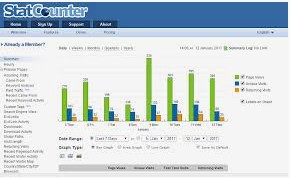EFL Learners’ Problems in Using Tenses: An Insight for Grammar Teaching
DOI:
https://doi.org/10.15642/ijet2.2020.9.1.86-95Keywords:
English tenses, problems, EFL learnersAbstract
The primary goal of learning a foreign language is to be able to communicate in the language, both in spoken and written form. This is also the case for Indonesian learners especially learners of English Language Education Program in ULM who learn English as their major. However, most of them believe that without abundant knowledge of grammar, they will not be able to speak or even write in English well. One of the problems they face is that they still doubt or confuse which tense(s) of English they have to use when they speak or write. This study aimed at finding out the learners’ problems batch 2018 in using English tenses by using a multiple choice test and a questionnaire. The study employed a quantitative approach and described the result in descriptive form. The subject of this study was the whole population of English Language Education Program batch 2018, in total 98 students. The findings reveal that most of them have problems with past perfect tense (61%), past perfect continuous tense (61%), and future perfect continuous tense (67%). These problems related to the difficulty in applying the aspect and tense in the right context, first language interference, lack of practice and repetition, and students’ confidence in using the language. It is suggested that language teachers should focus their language instruction not only to form but also to function and meaning of the tenses. Additionally, using various techniques suited to teaching tenses is advisable to increase students’ to increase communicative skills.










